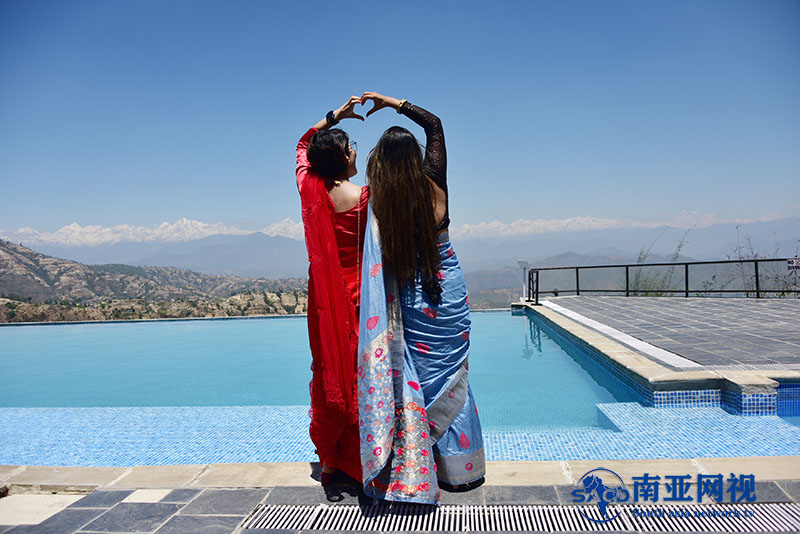
In the southern foothills of the Himalayas lies a mysterious and ancient country. This country is full of snow-capped mountains, lakes, canyons, waterfalls and charming tropical flora and fauna. There are thousand-year-old ancient buildings, the mysterious Kumari living goddess, grand and gorgeous festivals, and pious, simple and friendly people.
As the saying goes, every nation,every place ,has its own unique habits, especially in terms of marriage. In more than a year in Nepal, I should have attended the wedding for the fourth time.
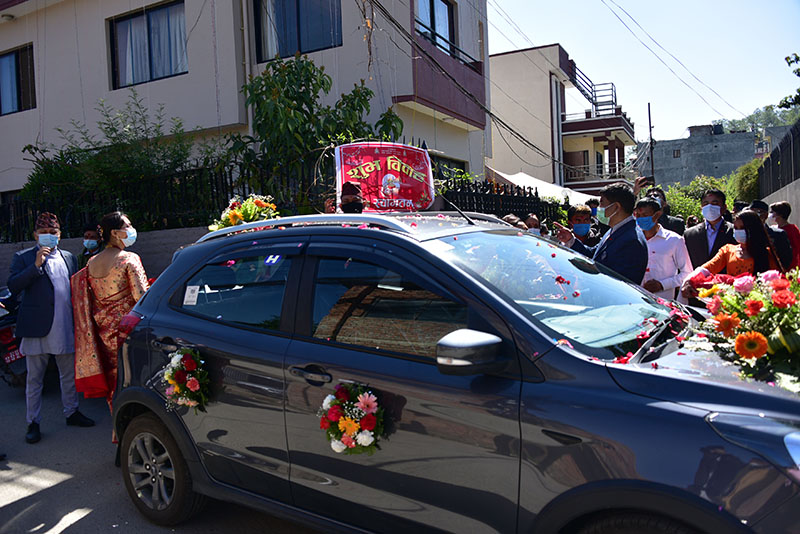
I remember the first time a Chinese friend's sister-in-law, surnamed Qi, got married. This friend's sister-in-law was a Brahmin. During the wedding, she witnessed the custom of washing the feet of the bride and groom by the elders. The second time was the marriage of the sister of a friend of Blue Buddha University; the third time was the Sun marriage of the ten-year-old daughter of a friend of the Newar nationality not long ago; this time I attended the wedding of the brother of a Nepalese friend. The difference between this time and the past is that this friend asked me to marry his brother as an elder. In order to show respect for this country and my friend, I also bought a set of standard Nepalese dresses. , It still looks like that after putting on formal attire.
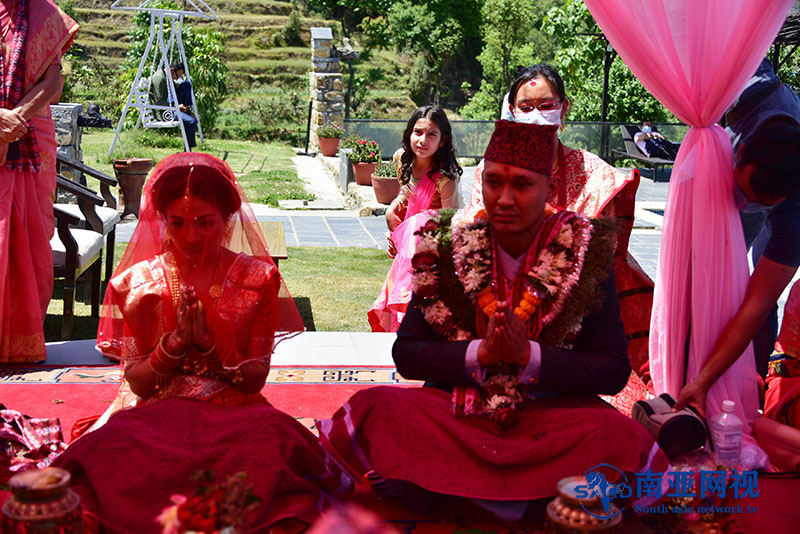
I did some popular science. There are more than 1 million Newars in the Kathmandu Valley and the area to the west.
As one of the oldest ethnic groups in Nepal, the Newars have a long history and cultural tradition. The majority of Newars believe in Buddhism and Hinduism. They believe that these two religions are similar. A Newar girl "married" three times in her life. The first time she married" bel " (Bengali apple), which is called fruit marriage; the second time she married "Sun"; and the third time she married a man.
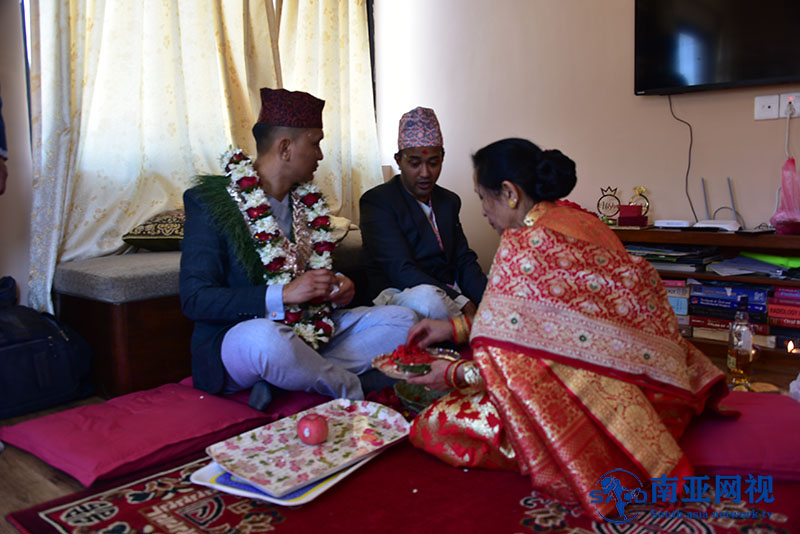
The formal wedding is before the engagement ceremony. The two parties agreed to the marriage through the words of the matchmaking and the orders of the parents, and then implemented the blind date ceremony, that is, the man brought 10 betel nuts, 1 box of powder, and 2 sets of new clothes to the woman's home as a meeting ceremony. After these two ceremonies, the man's home began to choose auspicious days and prepare for the wedding. A formal wedding generally has these steps: First, the bridegroom’s younger brother must bring a group of people to greet the bride, and if there is no younger brother, friends will replace it. Secondly, when the bride comes to the door of her in-law’s house, she must hold a foot-washing ceremony before entering the door. The mother-in-law will wash the bride’s feet, indicating that she has begun a new journey in life. At the same time, she will give the bride a pair of silver ankle rings and put it on for her personally. Then give the key to the new house to the bride to show acceptance, and then the bride can enter the door of her mother-in-law's house. After entering the house, the bride and groom sit together, surrounded by relatives and friends, the bride and groom worship the gods, and then point auspicious points in the middle of each other's foreheads, share a dinner plate and receive blessings from the guests, and the wedding is over.

In Nepal, the wedding takes at least 4 days, with a lot of tedious etiquette. The majority of Nepalese marriages are the orders of their parents. After the parents are optimistic about the boy, the two parties will negotiate and set a date after the parents are confirmed.
On the first day of the formal marriage, the mother-in-law will go to the woman's house, and she will live there that night and celebrate all night. The mother-in-law took a look at the woman's family situation and whether the wedding was grandly organized.
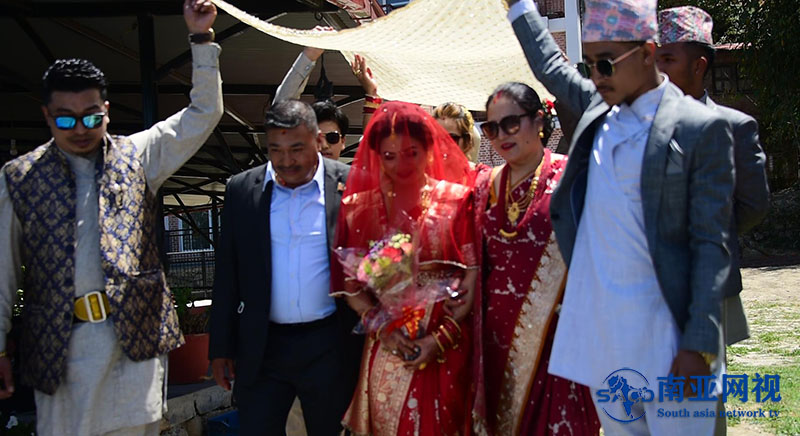
The next morning the mother-in-law greeted the bride to her home. There was a welcoming team. The mother-in-law held a large Tibetan key in her hand and took the bride home. At the groom’s house, the man’s house will hold a grand celebration and entertain relatives and friends.
On the third day, the woman’s family visited the man’s house. The Nepalese custom is that the woman’s family has to give a lot of dowry and gifts. There are gold or gold made jewelry gifts. In South Asia, the woman prepares many gifts. On this day, the bride’s parents also urge their daughter to take good care of the family and respect her in-laws.
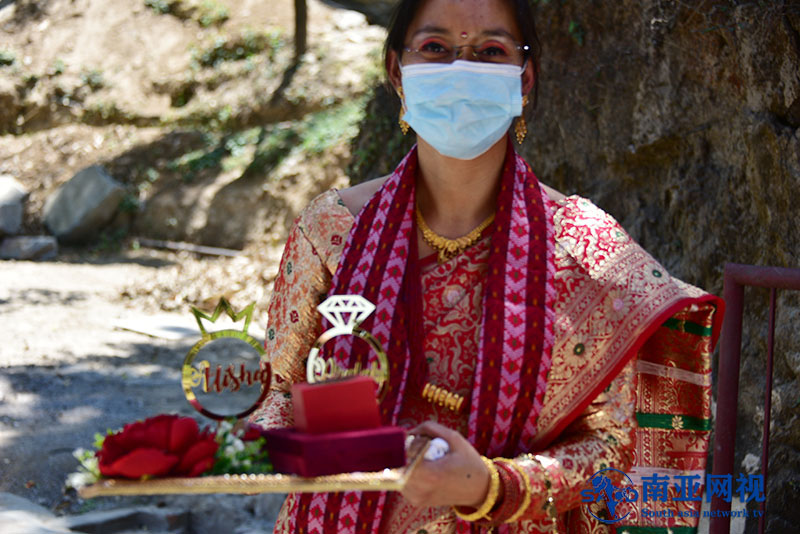
On the fourth day, take the bride and groom to the wife’s house and introduce the bridegroom’s relatives and friends to the bride’s house.
On the fifth day, the bride and groom were sent back to the man’s house. Since then, the bride has officially arrived at the groom’s house.
According to the agreement when the friend invited, we should go to the last part of the wedding at 6 pm on the fifth day. On this day, the man’s house will hold a party to entertain relatives and friends of both men and women.
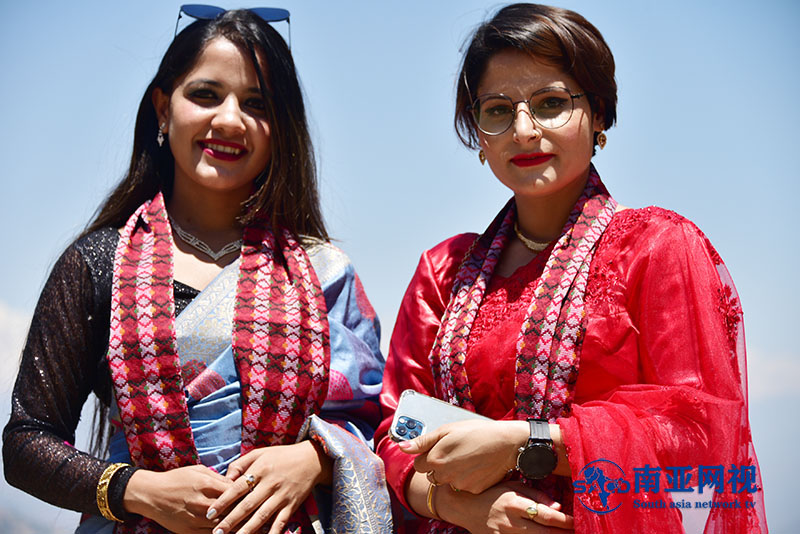
Yesterday I attended the wedding with two beautiful women from the company. In fact, attending a Niwa wedding in Nepal is not an easy task. First of all, the two beauties of the company, Suna and Ren Milla, are suffering because they want to wear wedding banquet dresses.
Sari is also known as "sari dress". In English called"Saree". It is a traditional clothing for women in India, Bangladesh, Pakistan, Nepal, Sri Lanka and other countries. Saree made of Indian silk is generally 5.5 meters long and 1.25 meters wide , With piping on both sides and embroidered decoration. It is usually wrapped around an ankle-length petticoat, from the waist to the heel to form a tube skirt, and then the end is draped over the left or right shoulder.
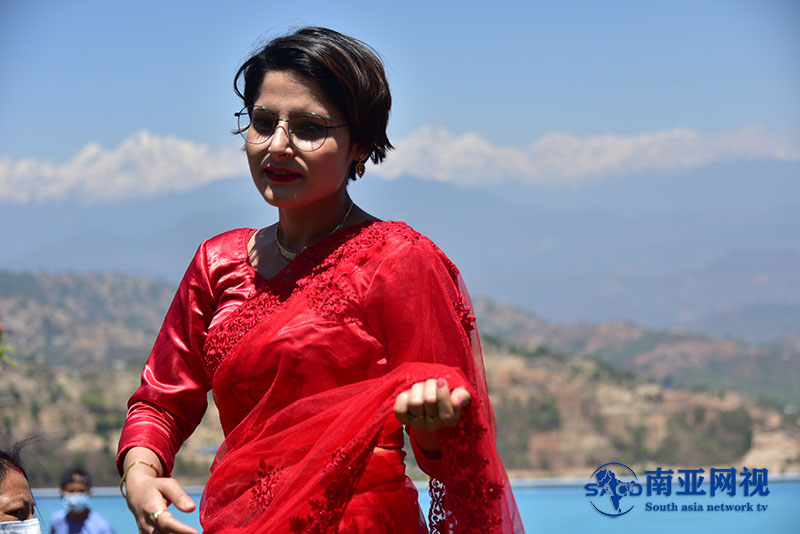

There is a special etiquette shop for wearing sari in Nepal. Two beauties must make an appointment in advance. It takes more than an hour to make up and wear sari. If the sari is not worn well, it is very shameless if it falls off, and it is necessary to walk carefully when wearing a sari to prevent the sari from falling off.
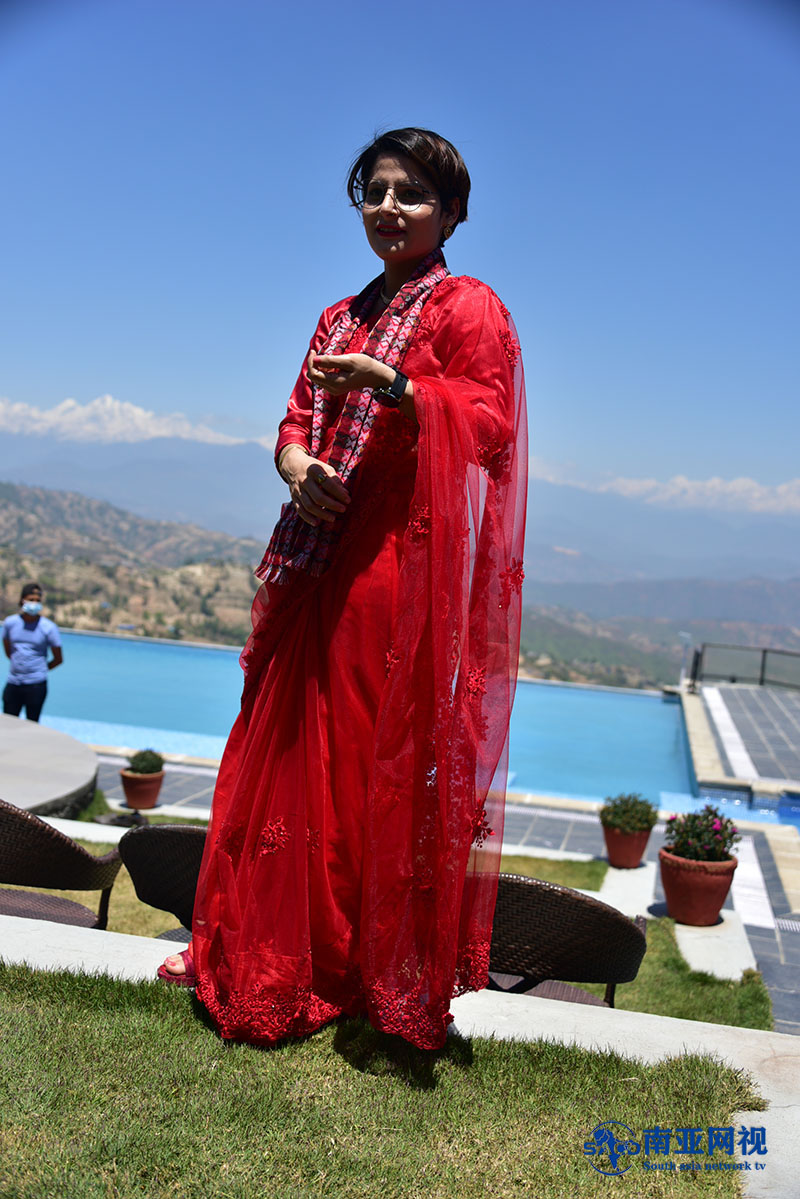
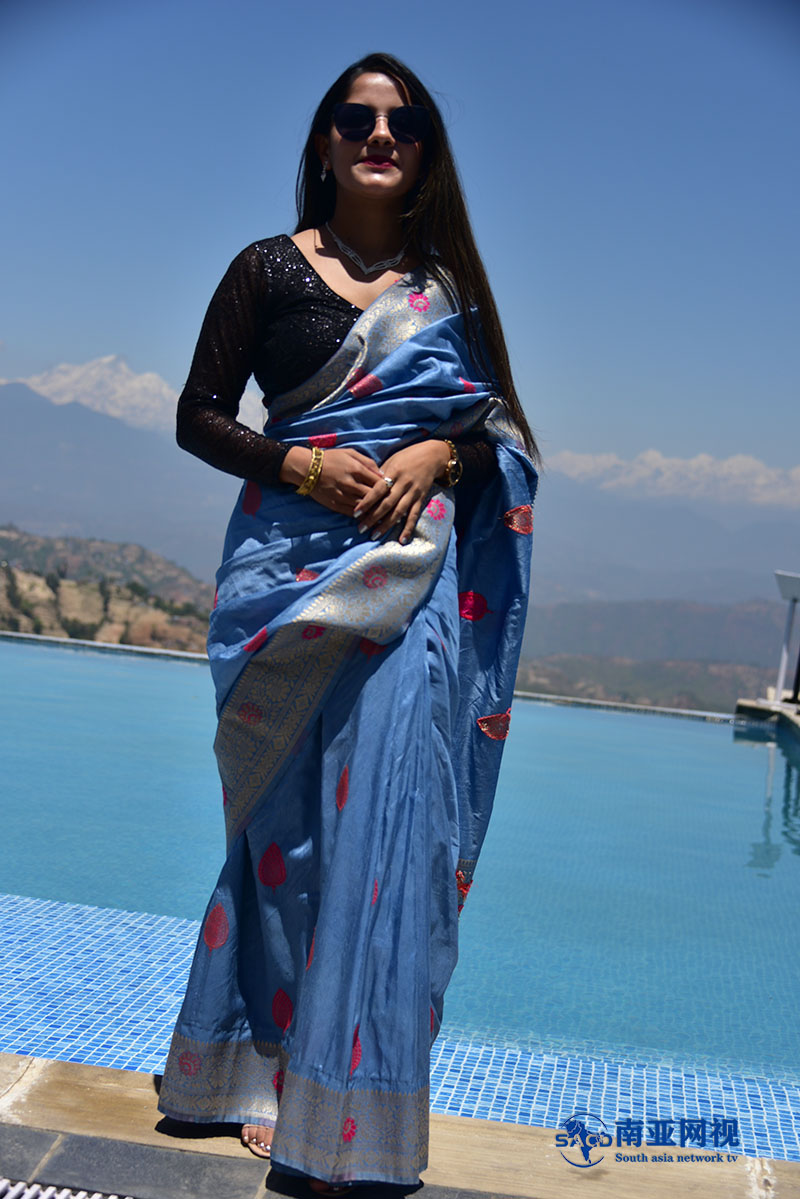
At 8:30 in the morning, the three of us came to the man’s house to participate in the wedding ceremony. We set off at about 11 o’clock. The car went through Bhaktapur for about three hours to the city called Dhulikhel. The wedding was held at The Himalayan Horizon Hotel. This hotel is very uniquely built, surrounded by mountains and rivers, and you can see the white snow on the opposite Himalayas at a glance, the blue sky, the breeze and the rippling pool water, the wedding canopy is set next to the pool, and the beautiful Nepalese music. Cold meals and drinks are casual, simple and elegant, calm and quiet. According to friends, bands and dance teams were originally invited at the wedding. Due to the impact of the new corona epidemic, the government introduced measures to restrict gatherings of 25 people, forcing the cancellation of the dance session.

The whole wedding scene have romantic and rich cultural atmosphere.
Due to other arrangements, we left the wedding site in advance, looking forward to attending their party two days later and experiencing this exotic wedding again.












